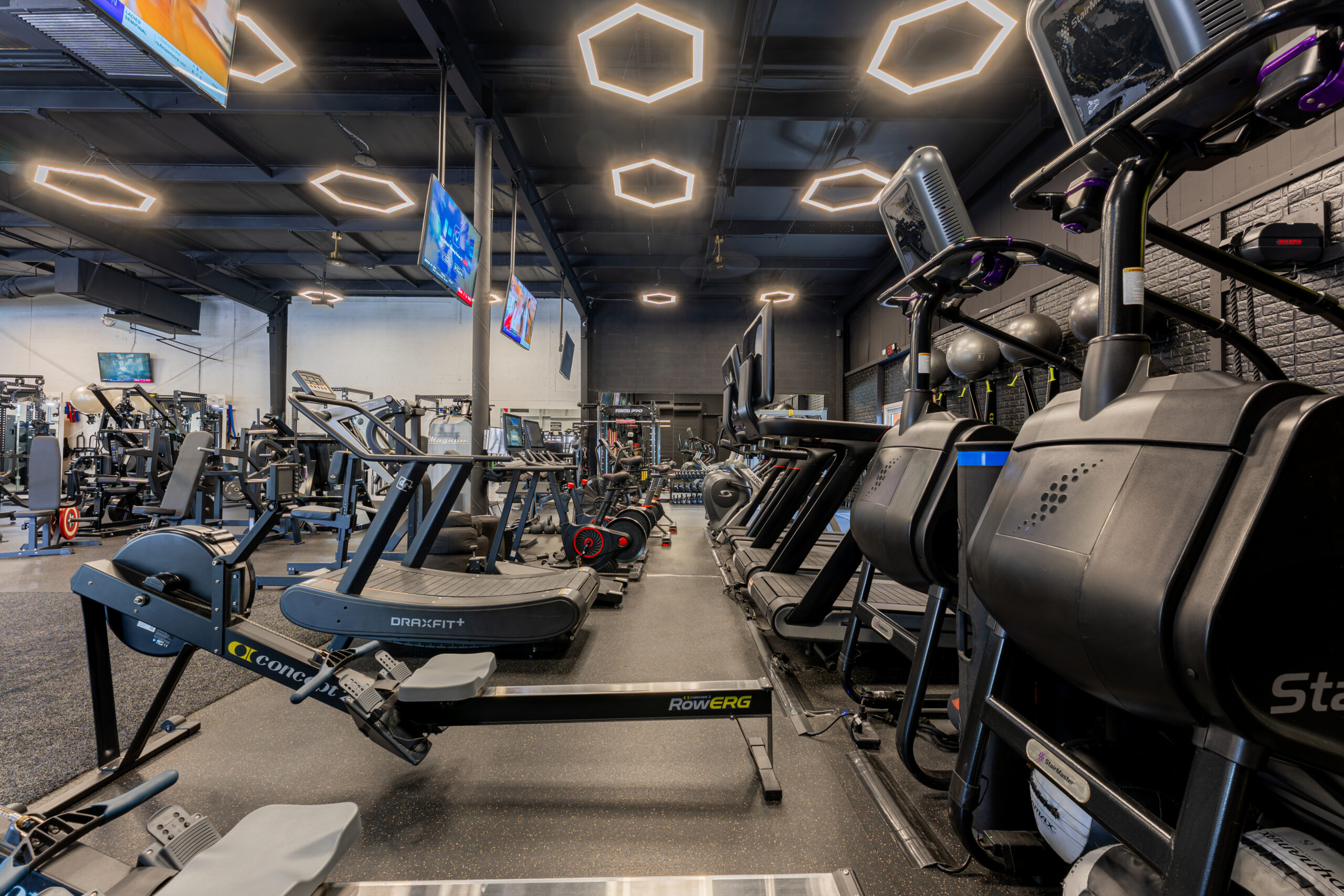Priming the muscles refers to the process of preparing them for optimal performance before engaging in physical activity or exercise. It involves specific techniques and exercises designed to activate and engage the targeted muscles. Here are some key aspects and benefits of priming the muscles:
1. Activation and Recruitment: Priming exercises help activate the targeted muscles, enhancing neuromuscular communication and recruitment. This activation prepares the muscles to generate force more efficiently during the subsequent exercise, maximizing performance potential.
2. Improved Motor Control: Priming exercises can enhance motor control and coordination. By activating the specific muscles involved in the upcoming activity, you establish a better mind-muscle connection, improving the efficiency and accuracy of movement patterns.
3. Increased Blood Flow: Engaging in priming exercises increases blood flow to the muscles, delivering oxygen and nutrients while removing waste products. This improves muscle function and performance by enhancing the availability of energy sources and promoting optimal muscle metabolism.
4. Enhanced Range of Motion: Priming exercises often include dynamic stretches and mobility drills, which help improve joint mobility and flexibility. By increasing the range of motion in the targeted muscles and joints, you can move more freely and safely during exercise, reducing the risk of injury.
5. Injury Prevention: By activating and preparing the muscles, priming exercises can help prevent injuries. They allow the muscles, tendons, and other tissues to adapt gradually to the demands of the upcoming exercise, reducing the likelihood of strains, sprains, or other muscle imbalances.
6. Mental Focus and Readiness: Priming exercises also contribute to mental readiness before engaging in physical activity. They help shift your attention to the task at hand, improve focus, and mentally prepare you for the upcoming exercise, promoting a positive mindset.
Common priming techniques include dynamic stretches, foam rolling, mobility exercises, and specific activation drills targeting the muscles involved in the planned workout. It is essential to perform these exercises with proper form and technique and customize them based on your individual needs, fitness level, and the requirements of your exercise routine.
Remember to consult with a qualified fitness professional or healthcare provider for personalized advice and guidance on effective priming exercises suitable for your specific goals and circumstances.



